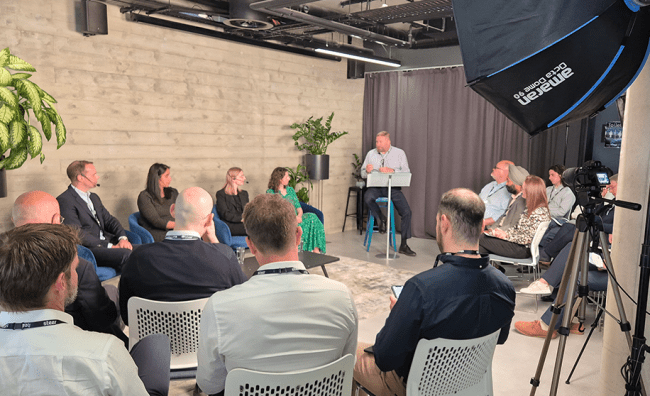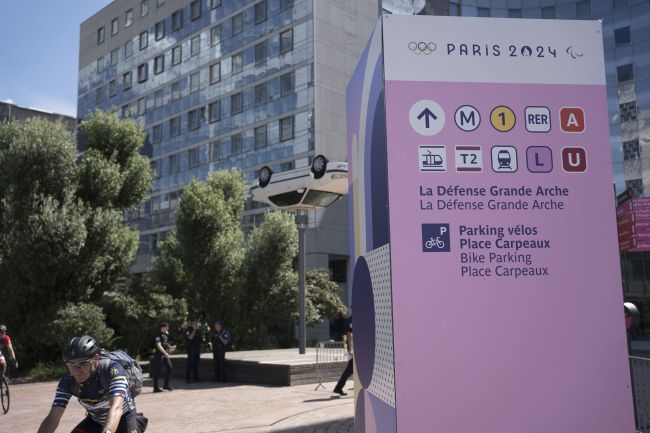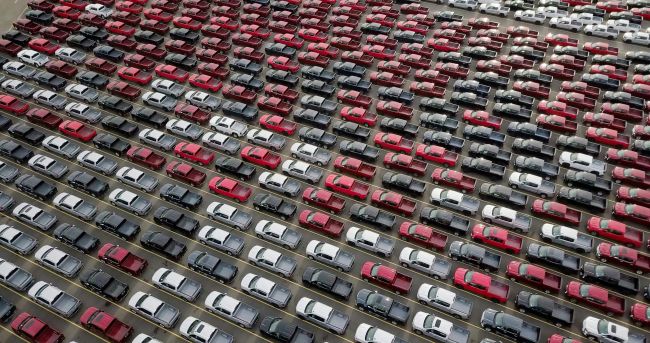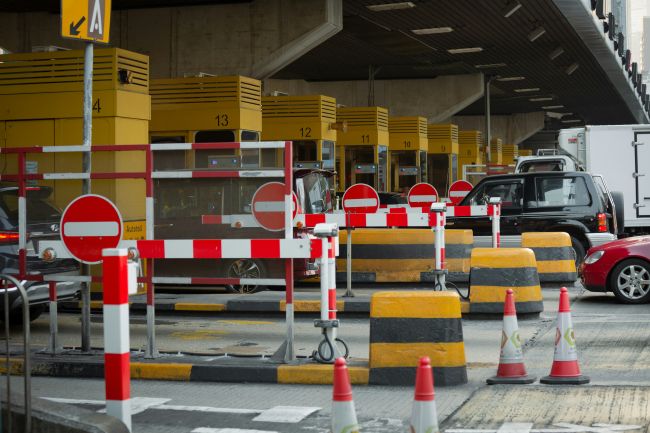Back to school on cycling
A few years ago I plucked up some courage and asked a teacher at my kid’s school what WALT and WAGOLL meant.

A few years ago I plucked up some courage and asked a teacher at my kid’s school what WALT and WAGOLL meant. These school-based principles got me thinking, and I realised they neatly summed up the way in which we are currently approaching improvements to cycle provision in the UK.
It turns out that WALT means ‘we are learning to’. In the world of UK cycling that’s exactly what we are currently doing – learning to apply the experience of our Dutch and Danish counterparts. The recent, unprecedented, leap in funding for cycling has left traffic engineers reaching for Dutch and Danish street design manuals in an effort to reproduce the quality, contiguous cycle routes they have become known for, and to understand when to segregate and when to integrate cycle lanes.
At Steer Davies Gleave we are fortunate to have been joined by renowned expert, Adrian Lord, who will help us unpick and understand existing and proposed UK cycling infrastructure.
There is a real need to have quality in mind when working with the London boroughs and Cycling cities that have a couple of years to design and build this step up in cycling provision and that’s where WAGOLL, or ‘what a good one looks like’ comes into play! In the UK cycle routes have usually been put where they can be squeezed in. Frustratingly, they all too often disappear at junctions or when there is a pinch point. This is the very opposite of what a good network looks like.
In the next few years there is a real chance that cycling provision and the attendant changes in 20mph limits, parking, loading, bus stops etc. will continue to diversify leaving road users more and more confused. This is especially important for the UK where there are a great number of road typologies and often a real dissonance between what a road was designed (and re-designed) for and the traffic it carries.
There are many potential solutions and taking global best practice can produce a bewildering array of options both for cycle infrastructure and the soft measures. Knowing ‘what a good one looks like’ is an art that needs to be cultivated and will be important in these days of local short term funding (LSTF) when design, consultation and building are to be condensed into ever shorter funding envelopes.
Steer Davies Gleave can help in the following ways:
• Cycling network audits and mapping (Recent work for Lambeth Council)
• Cycle route design (Recent work for the Royal Borough of Kingston upon Thames)
• Understand the demand for cycle schemes by segmentation
• Effectively target interventions
• Advice on training and promotion

















